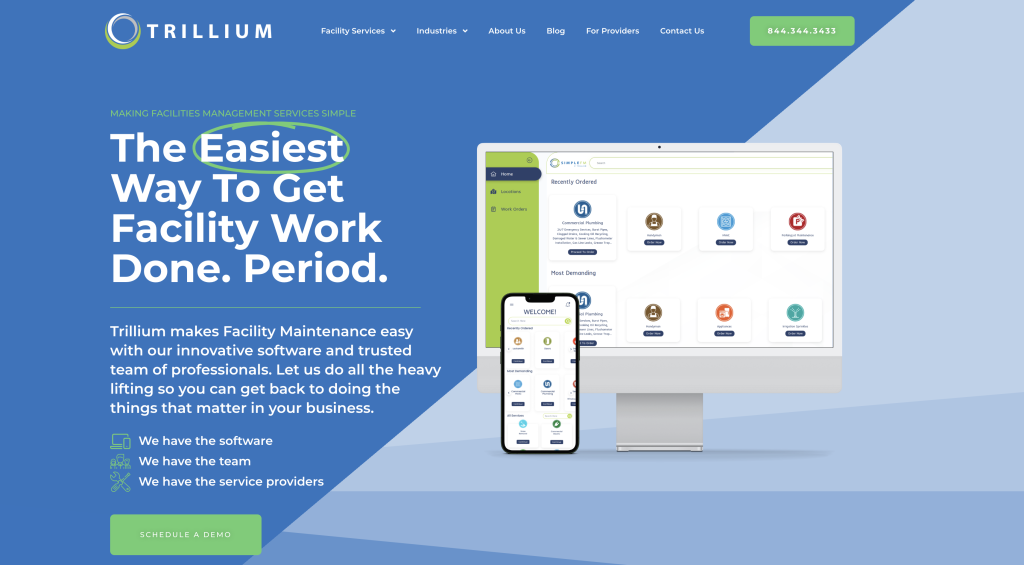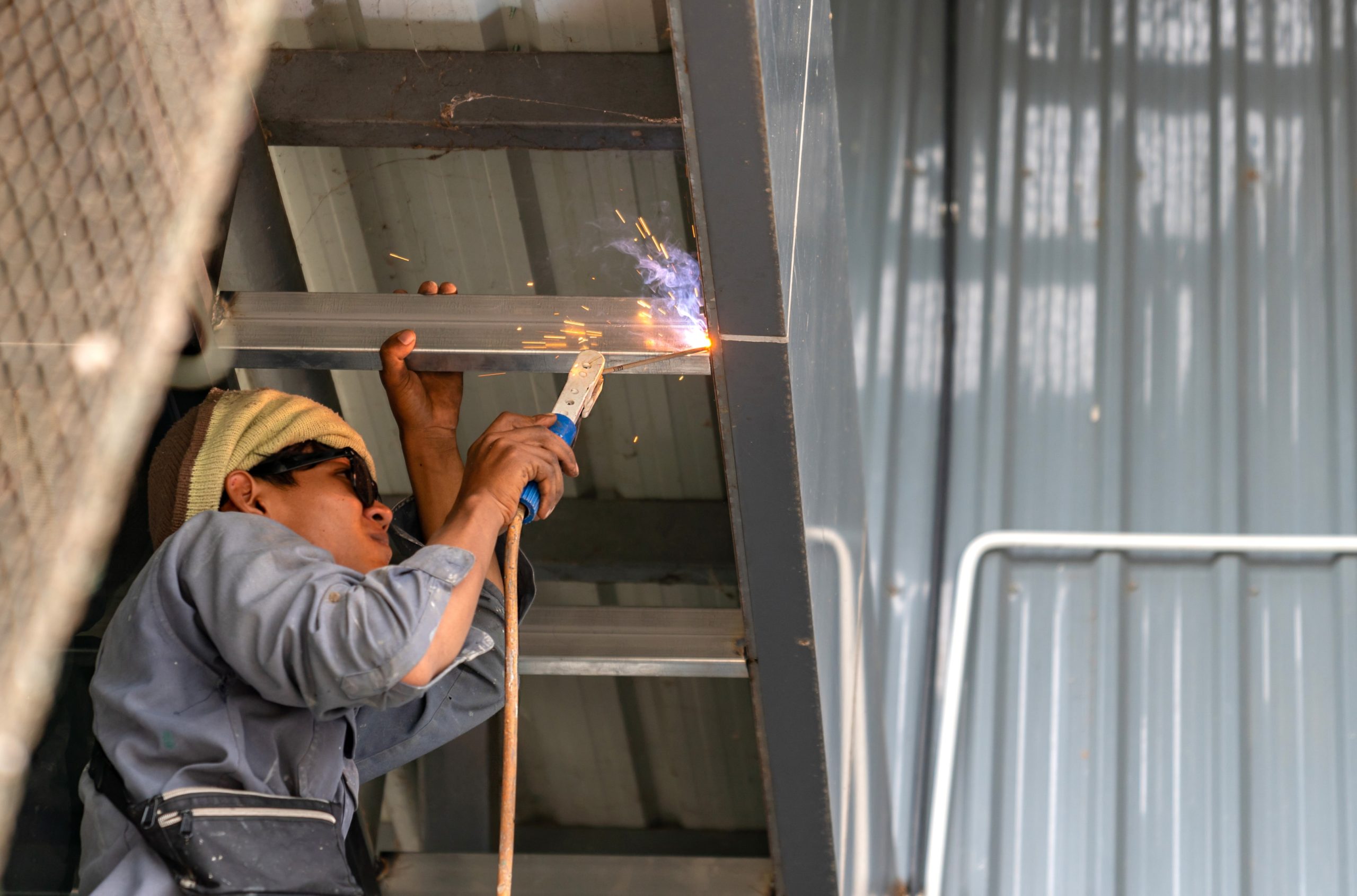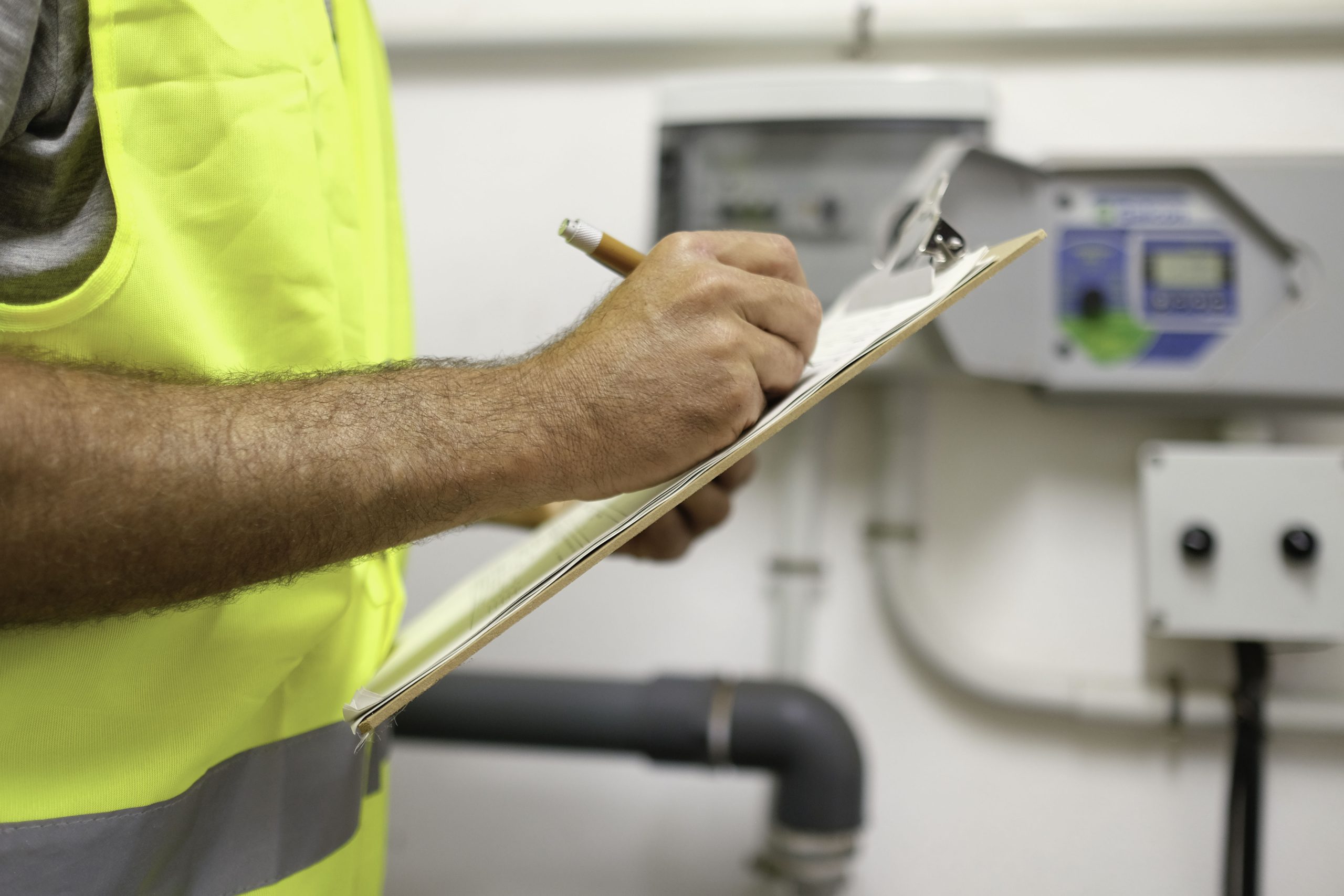Electrical problems rarely show up without warning. Maybe you’ve noticed a breaker tripping more often or a panel that runs hotter than usual. Ignore it, and it can lead to shutdowns, expensive repairs, or safety risks.
You’re here because you want to stay ahead of those problems. That starts with a preventive maintenance checklist. It gives you a clear routine for what to inspect, what to test, and when to act.
In this guide, you’ll get a complete checklist to follow, along with tools, timing, and tips for getting it right. If you want fewer surprises and more control over your electrical systems, this is where you start.
Start With These Routine Inspections
These maintenance tasks form the backbone of a safe and reliable facility. Are you responsible for a single building or a network of industrial facilities? Staying on top of these will help you prevent electrical failures and avoid emergency repairs.
Visual Inspection
Before anything else, look closely. Visual inspections catch the issues that slowly build into safety hazards or sudden outages.
Start with your electrical panels. Open them up and check for discoloration, corrosion, or frayed wires. Loose connections and scorched insulation are signs that something’s already going wrong. Don’t overlook labeling, as improper labeling can slow response times in emergencies or confuse service teams.
Consistent visual checks are your first line of defense against electrical fires and equipment failure.
Testing and Calibration
You don’t have to wait for something to fail before knowing it needs attention. Testing protective devices like circuit breakers shows you how your electrical systems respond under real conditions.
Use insulation resistance tests to make sure components are holding up. If your lighting systems flicker or reset randomly, that’s a red flag. Testing helps you avoid the cost of replacing electric equipment that could have been calibrated instead.
When you’re running a preventive maintenance program, small checks like these save big money.
Bonding and Grounding
This part often gets skipped, and that’s a mistake. Faulty grounding systems can create electrical hazards you won’t see until it’s too late.
You should regularly inspect all grounding connections and bonding paths. Make sure they’re secure, clean, and capable of handling a fault. If the path to ground is compromised, it puts your essential systems at risk and makes the entire facility less safe.
Cleaning and Lubrication
Dust and moisture don’t seem like a big deal until they shut something down. Cleaning should be baked into every electrical preventive maintenance plan.
Keep panels and enclosures free of buildup. Make sure moving parts in motors and switchgear are properly lubricated. These small actions support the proper functioning of your equipment and extend the lifespan of critical components.
Think of this as maintaining electrical wiring without having to replace it every few years. It’s maintenance work that reduces maintenance costs.
Thermal Imaging and Load Analysis
You can’t fix what you can’t see. That’s why thermal imaging is so valuable.
By scanning your electrical distribution systems, you’ll spot overloaded circuits, overheated terminals, and potential failures before they interrupt your power supply. Load analysis helps you balance demand across equipment, improving operational efficiency and preventing burnout in your electrical components.
It’s a simple way to prevent electrical accidents that would otherwise go unnoticed.
Fire Protection and Emergency Systems
When the worst happens, you want your emergency gear ready. These are the systems that protect lives, not just equipment.
Test alarms, suppression systems, and emergency lighting. Make certain they respond quickly and stay online when power cuts out. That includes backup systems like batteries and generators supporting critical life support systems.
A reliable preventive maintenance schedule should never leave these checks out. They’re just as important as any wiring or panel inspection.
Documentation and Reporting
If it’s not written down, it might as well not have happened. Every inspection checklist needs to include time-stamped notes, technician names, and any corrective actions taken.
Whether you use spreadsheets or preventive maintenance software, make tracking part of the workflow. Documentation supports safety regulations, audits, and compliance reviews. It gives you a paper trail when something does go wrong.
What Happens When You Stick to the Checklist
You’ve got a lot going on. So if you’re going to spend time on preventive maintenance, it should solve problems.
An electrical preventive maintenance checklist can help you:
Catch Problems Early
A failed breaker or a fried connection can bring everything to a stop. And it usually happens when you least expect it. Following a preventive maintenance schedule helps you catch those issues during routine inspections, so they won’t take out half your operation.
Provide Safer Working Conditions
Worn-out insulation, exposed wiring, and overloaded circuits aren’t minor issues. They don’t just damage equipment. They put people in danger.
A good preventive maintenance plan guarantees that your facility meets safety regulations. It also ensures that your team’s not exposed to preventable electrical hazards.
Prolong the Life of Your Equipment
Nobody wants to budget for replacing systems that should have lasted years longer. Routine inspections, cleaning, and basic upkeep extend the life of your electrical equipment.
Prepare for Inspections
Inspections are a whole lot less stressful when your records are in order. With a documented preventive maintenance plan, you’ve got everything on file:
- Dates
- Task lists
- Proof that your electrical systems meet the right standards
You won’t be digging through emails or trying to remember who last checked the panels. You’ll have a clean paper trail that shows you’ve been doing it right.
How Often Should You Do Electrical Maintenance Tasks?
You don’t need to check everything every day. However, you do need a rhythm that aligns with how your building operates.
A solid electrical preventive maintenance program is made up of:
Weekly Walkthroughs
Think of this as your baseline. A quick examination of panels, cords, and electrical connections can reveal a lot.
Are you seeing hot spots, buzzing sounds, or flickering lights? That’s your cue that something’s off. Regular inspections like this can stop equipment failure before it hits your workflow.
Check circuit breakers and outlets for signs of stress, like heat or discoloration.
Monthly Maintenance Activities
Now it’s time to slow down and dig in. Test and document electrical equipment. Run checks on breakers, power sources, and anything supporting 24/7 operations. Wipe down panels, clear dust, and confirm the environment isn’t wrecking your gear.
Make sure everything is clearly labeled. Proper labeling reduces confusion during future maintenance.
Quarterly or Biannual Deep Checks
Here’s where the heavier maintenance process comes in. Use thermal imaging to identify overloads. Run diagnostics. Revisit your load balance and look closely at any gear that’s aging out.
If you’ve been relying on predictive maintenance tools, now’s the time to compare that data against what’s happening in real life. Don’t assume digital tracking replaces hands-on checks. It should complement them.
Annual Full-System Review
This is your big-picture moment. Test everything from grounding systems to backup power. Review safety tags, lockout protocols, and maintenance logs. If anything isn’t functioning correctly, flag it and fix it.
Evaluate whether your electrical preventative maintenance checklist is still covering the key components of your system. If it feels outdated, update it. Systems evolve, so your checklist should too.
There’s no perfect formula, but one thing’s clear: schedule regular inspections and stick to them. It’s the most reliable way to avoid unexpected equipment failures.
Who Should Handle the Electrical Preventive Maintenance Program?
Some jobs are fine for your in-house team. Others are not. When it comes to regular electrical preventive maintenance, you need people who know what they’re doing.
If your crew is trained, certified, and comfortable working inside panels, great. Just make sure they’re following your electrical maintenance program and not skipping steps because they’re short on time or tools.
But if the task involves live circuits, system load balancing, or high-voltage gear? Bring in a licensed electrician.
What to Look Out For
- Anyone working on electrical gear should understand how to spot damaged components, test proper insulation, and verify system grounding.
- Avoid quick fixes or temporary workarounds. They cause more issues down the line.
- If you’re consistently repairing electrical equipment instead of maintaining it, that’s a sign you’re behind on your preventive maintenance checklist.
How to Keep Track of Your Electrical Preventive Maintenance Checklist
You’ve got a lot to manage already. Adding more paperwork shouldn’t be what holds this all together. But if you’re not keeping track, small problems slip by, and eventually cost more than they should.
You can avoid that by doing the following:
Keep It Simple and Consistent
Use a system that your team will actually follow. That might be a shared document or preventive maintenance software that makes task tracking part of the workflow. Just make sure it’s easy to update and hard to ignore.
Include who did what, when it happened, and what got flagged. These logs are gold when something fails and everyone’s asking why.
Know What the Inspectors Are Looking For
You’re not just checking boxes for fun. Inspectors want to see clear records, and they care about whether your electrical systems follow electrical codes. If something’s missing or outdated, it’ll slow everything down.
When you’re logging maintenance regularly, you’re ready for audits, and you can prove the system’s being taken care of.
Document Your Maintenance Tasks
Even with the best plan, things can still go sideways. When they do, your documentation tells you what happened and what’s next. That leads to faster fixes, reduced downtime, and fewer questions.
Tools and Equipment You’ll Need
If you’re doing maintenance work yourself, or even just checking the work someone else did, these tools help you work safer, faster, and with fewer do-overs.
- Multimeter: For checking voltage, continuity, and identifying load issues
- Clamp meter: Makes it easy to measure current without disconnecting anything
- Insulation tester: Critical for verifying proper insulation and spotting leaks
- Infrared camera: Catches overheating parts you can’t see with your eyes
- Personal protective equipment (PPE) and arc flash gear: Non-negotiable when you’re working near high voltage
Don’t forget your basics either. A flashlight, insulated screwdrivers, and a printed inspection checklist are a huge help when you’re elbows-deep in a panel.
Need to Call In a Professional Electrician? Trillium Can Help!

Some jobs require professional help. If you’re looking at aging electrical wiring or trying to troubleshoot repeated failures, it might be time to call in help.
That’s where Trillium steps in.
Trillium gives you access to licensed, qualified techs who handle every part of your electrical maintenance program. You get work done fast, on your terms, with no markups or surprise fees.
No chasing quotes. No waiting around. No settling for whoever’s available.
Trillium connects you with licensed, qualified techs who handle every part of your electrical maintenance program. You can submit work orders, track every task, and manage your electrical maintenance program from one place.
Everything stays in safe and efficient operation without delays or confusion.
Trying to keep your maintenance checklist updated while juggling inspections and repairs? Try Trillium for free!
FAQs About Electrical Preventive Maintenance
What’s the risk if I skip preventive maintenance?
You might get lucky for a while. But eventually, something will fail, maybe during peak hours, or worse, during emergency operations. Skipping your preventive maintenance checklist means more downtime, higher repair costs, and scrambling when you could have planned ahead.
What’s the difference between preventive maintenance and predictive maintenance?
Preventive maintenance is done on a schedule. You follow it whether there’s an issue or not. Predictive maintenance is based on real-time data and condition monitoring, so you only act when something starts showing signs of wear. Ideally, you use both. The checklist keeps you covered, and predictive tools help you fine-tune it.
What are the signs I need electrical preventive maintenance?
If you’re hearing buzzing, smelling burnt plastic, or seeing tripped breakers more than usual, don’t wait. The same goes for warm outlets, flickering lights, or equipment shutting off unexpectedly. These are all early signs that something’s not running as it should, and they’re usually easy to fix if you catch them fast.









